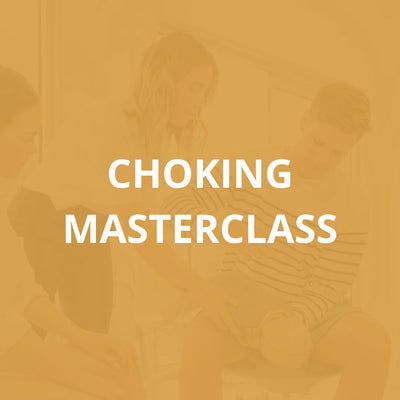Baby-Proofing 101: A Guide for Baby Proofing your living room
As your curious little one grows and develops the potential hazards and dangers around the home will continue to evolve. Toddlers are also very QUICK at times (maybe not getting in the car when you are running late) but perhaps very fast to climb up onto of a piece of furniture, or start playing with power points!
Through my experience working in a Paediatric Emergency Department, I’ve seen it all, the common smaller incidents, and the uncommon and rare freak accidents.
Did you know that preventable injuries are the leading cause of death for Australian children aged 1-14 years and one of the leading causes of hospitalisation?
Homes are the most common place where children are injured. Makes sense as they spend so much time at home and commonly homes are designed for adults.
By simply taking some time to identify and address potential dangers and hazards in the home you can decrease the risk of your little one hurting themselves.
I have been putting off baby proofing my own home, but the time has come, as Ollie has started moving around the floor. I have written down a few considerations for baby proofing the LOUNGE ROOM you if you are in a similar stage. This is by no means an exhaustive list.
- Are sharp edges on tables and furniture covered?
- Is all top heavy furniture such as bookcases, tall boy drawers, televisions, floor mirrors and TV cabinets secured to the wall to prevent them from tipping over if climbed on?
- Are chairs and tables difficult to overturn?
- Are blind and curtain cords looped up high or shortened and out of reach? Try to avoid having pieces of furniture right near the curtain cords as toddlers can climb fast.
- Is alcohol stored away from little people?
- Are hot drinks placed well out of reach of children?
- Are heaters kept away from curtains, furniture or other flammable material and serviced regularly?
- Are electrical appliances, plugs and cords in good condition?
- Are safety plugs fitted in unused power points? You can check out the ones I have here.

- Have you removed any potentially poisonous house plants?
- Are cigarettes, ashtrays, matches, candles, oil burners and any choking hazards out of reach?
- Are button batteries and items that contain button batteries out of reach, ie apple TV remote.
- Are there barriers or gates on steps, stairs and changes in floor levels to prevent falls?
- Are there safety guards / screens around fire places, fuel, stoves and heaters?
The last two points are particularly important to me as I have cared for countless children who have been burnt from fire places and fell down steps.
In my living area we a wood heater as well as steps. It’s a priority for me to create a safe space where I can leave Ollie if required, ie. run to the bathroom! I am looking forward to setting up a playpen from Kiddy Cots. Their Australian made playpens are customisable, so I can create a big ‘pen’ in the living area, a smaller barrier around the wood heater or many other options.
I hope you’ve found this blog helpful. Be sure to check out the tens of other blogs on our website filled with nuggets of information!
Written on the 7th February 2024 by Nicole, a Paediatric Emergency Nurse and new mum.
As always, information on this website is for educational purposes only. Please consult your GP for information specific to your child.
The quick thinking of Warrnambool parents Lucy and Pat Mahony saved their 18-month-old son Ollie from serious scars for life after he pulled a cup of coffee onto himself.
How do I check my baby’s temperature? 🤒 What is the best way to check a baby’s temperature? There are so many different types and brands of thermometers out there. What thermometer should I buy?
We're here to answer all your questions!
When our little loves are in pain, we want nothing more than to help them. This guide discusses common pain reliving medications that we can use to help alleviate their pain, as well as when and why we use them.









